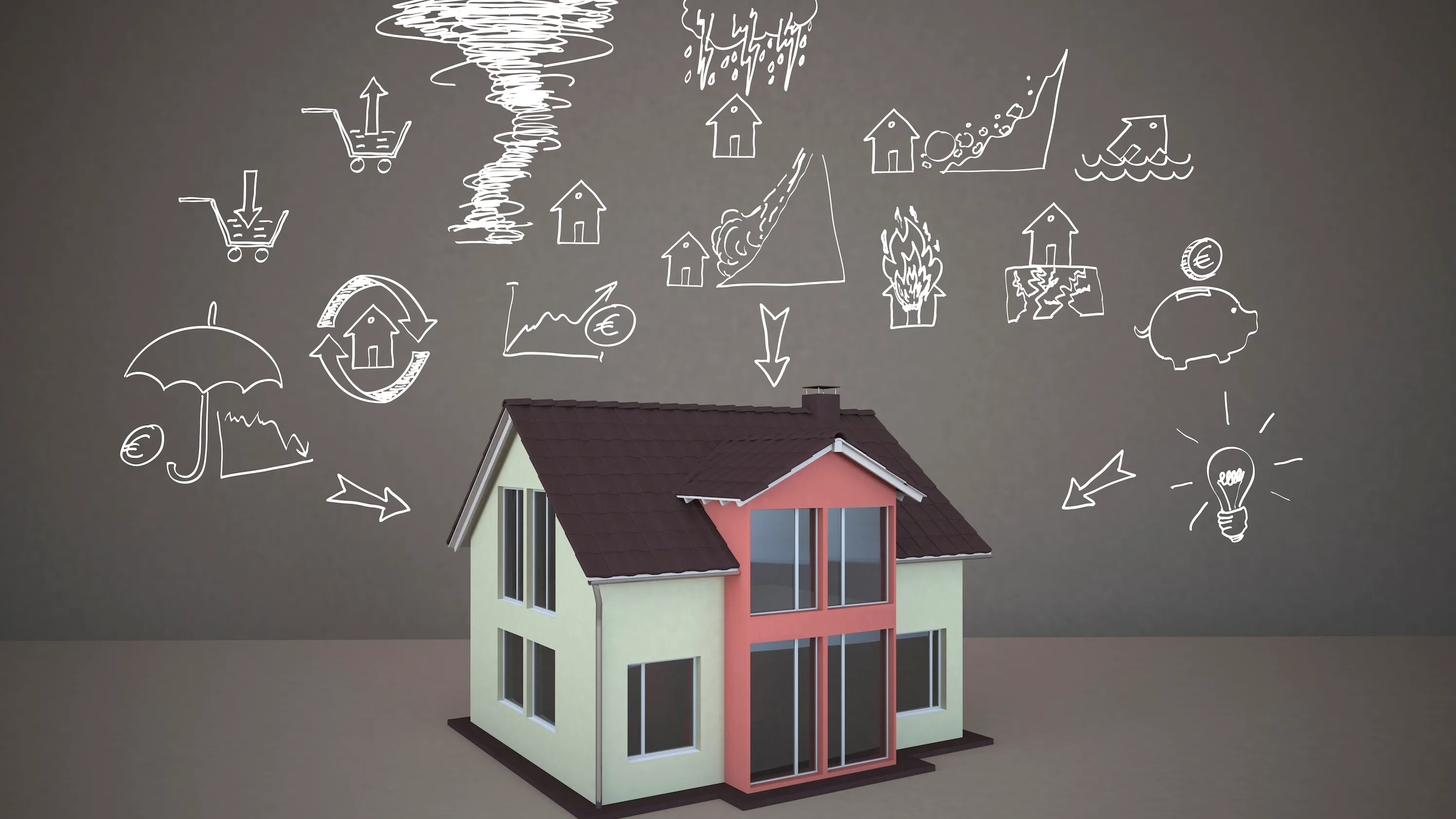Buying a home means checking off a long list of to-dos, including getting an appraisal and a home inspection. These steps can ensure that the home is worth the amount you plan to borrow for it and that it’s in good shape before you commit to buying.1 A home inspection shouldn’t be confused with a home insurance inspection, however. A home insurance inspection is something your homeowners insurance company may require as a condition of getting covered.
KEY TAKEAWAYS
- A home insurance inspection is different from a home inspection, which is designed to check for underlying structural issues in the home.
- Your insurance company may require a home insurance inspection before approving your application for coverage.
- You may be more likely to need a home inspection if the home is located in an area that’s at high risk for natural disasters, such as hurricanes or earthquakes.
- The home insurance inspection helps your insurer to accurately determine the replacement cost of the property and its contents.
What Is a Home Insurance Inspection?
As mentioned, a home insurance inspection is separate from a typical home inspection. When you schedule a home inspection, it’s usually for your own peace of mind. For example, you may want to be sure that the home has no major structural issues, such as a cracked foundation or damaged wiring. A certified home inspector can examine the home inside and out to look for any issues and summarize them in a report.1
Home inspections aren’t always required by mortgage lenders, though an appraisal is, in order to establish the property’s value. Mortgage lenders typically don’t ask for a home insurance inspection either; this is usually requested by the company through which you’re attempting to purchase homeowners insurance. However, whether you’re getting a regular home inspection, a home insurance inspection, or an appraisal, you’re responsible for paying the cost out of pocket.
A home insurance inspection allows the insurance company to gauge the home’s replacement cost. This is also how the insurance company assesses risk to determine the likelihood that you’ll need to file a claim for damages and calculates your estimated premium costs. A home inspection may be more common if you’re buying an older home or a home in an area that’s prone to natural disasters, such as hurricanes, earthquakes, or forest fires.2
For example, in Florida and some Gulf Coast states, homeowners can go through a wind mitigation inspection. This type of inspection looks specifically at what efforts are in place to mitigate wind damage to a home that’s being covered. Insurance companies can offer discounts on coverage for homeowners who undergo this type of inspection and show that they’ve mitigated wind damage risk.3
Separate pest and septic tank inspections may also be necessary when buying a home.
What a Home Insurance Inspection Covers
In most cases your homeowners insurance company may do a visual inspection of the home’s exterior. This allows it to check out the condition of doors, windows, roofing, and additional structures on the property. If the insurance company decides that a more detailed inspection is necessary, it will also take a look inside the home.2
Every inspection is different, but generally the inspector will be assessing things such as:4
- The condition and age of the roof
- Any exterior hazards that could potentially lead to damage, such as overhanging trees
- Exterior items that could be damaged, such as sidewalks, lighting fixtures, or separate buildings on the property
- Interior and exterior drainage systems
- The condition of the basement, if you have one, and the foundation
- Plumbing systems
- The age and condition of the home’s electrical system
- Home appliances
- The condition of flooring and walls
- Attic spaces and crawl spaces
- Anti-theft measures, such as a home security system or deadbolts
- Smoke and carbon monoxide detectors
- The age and condition of the HVAC system
- Chimneys and fireplaces, if you have them
Overall, the goal is to assess both risk and replacement cost if the home ends up being damaged.4 You may not need to be at home for the exterior part of the inspection if the insurance company only wants to look at the outside, but you'll need to be present for the interior inspection if one is requested. The time frame can be as much as two hours.2
If your insurance company wants to do a complete home insurance inspection or you decide to request one, expect it to take a couple of hours to complete.
How to Prepare for a Home Insurance Inspection
If you’re scheduled for a home insurance inspection, there are some things you can do to get ready for it. By doing a little prep work, you can spot any issues that are likely to show up in the inspection, so you’re not caught off guard.
Preparing for a home insurance inspection on the exterior:
- Check your roof for any loose or missing shingles.
- If you have gutters, check to see if they’re secured to the home properly and clear out any debris.
- Check the foundation for cracks or other signs of weakening.
- If you have a chimney, check it for cracks or loose bricks and consider getting it professionally cleaned.
- Trim any overhanging branches or dead limbs that could present a hazard to roofing or other parts of the home.
- Check your siding, doors, and windows for cracks, leaks, and signs of water damage.
- Look for any potential hazards, such as an uneven sidewalk that could cause someone to get injured on the property.
Preparing for a home insurance inspection on the inside:
- Check your smoke detectors and carbon monoxide detectors to make sure they’re working properly.
- Check your home’s fire extinguisher to make sure it’s operational.
- Clean out your fireplace and its flue, if you have one.
- Check around windows and doors on the inside to look for leaks or signs of termite damage.
- Look in the attic and basement for signs of any water or pest damage.
- Consider cleaning your HVAC system and testing it to make sure it’s working properly.
- Look under sinks and around faucets, showerheads, and toilets for signs of leaks.
- Inspect the walls to look for cracks or bowing, which could suggest foundation or roof issues.
If your homeowners insurance company decides a home insurance inspection is necessary, it may wait until after you close on the home to schedule the inspection.2
What to Do if You’re Denied for Home Insurance
If your home insurance inspection turns up some serious issues with the property, your insurance company may decide that it’s too much of a risk to cover you. In that scenario you may have a few options.
First, you could make any necessary repairs the insurance company requests as a condition of getting covered. That could mean replacing the roof or hot water heater or repaving the driveway.2
If that doesn’t work, you can look for coverage through a company that specializes in high-risk properties. You’ll likely pay more for homeowners insurance than you would ordinarily, but it may be the only way to get coverage for a home with damage or structural issues.5
A third possibility is getting the home covered under Fair Access Insurance Plans. FAIR plans are state-run programs that offer insurance for high-risk homeowners or help them find coverage. This could help you get covered if you’ve exhausted all other options. Keep in mind, however, that not every state offers a FAIR plan.6





